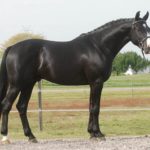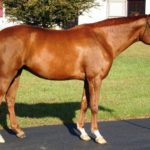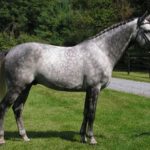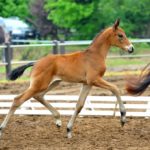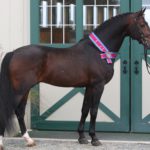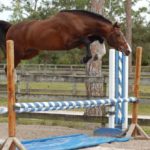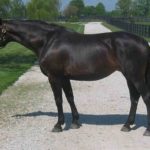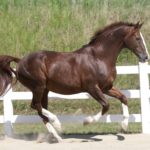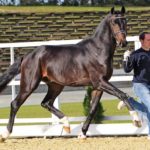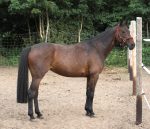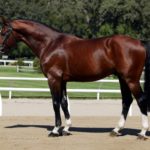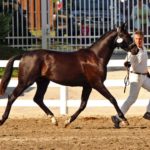Oldenburg Horse
The Oldenburg Horse is an ancient breed that originated in Germany as a workhorse. These equines are known for their versatility, strength, and size, and are a popular choice for modern day riding, horse shows, competitions, etc. They are especially suited for dressage and jumping since their traits correspond well with the prerequisites for the modern day sports horse type.
Oldenburg Horse Pictures
- Black Oldenburg Horse
- Chestnut Oldenburg Horse
- Gray Oldenburg Horse
- Oldenburg Horse Foal
- Oldenburg Horse Images
- Oldenburg Horse Jumping
- Oldenburg Horse Mare
- Oldenburg Horse Pictures
- Oldenburg Horse Stallion
- Oldenburg Horse
- Oldenburg Horses
- Oldenburger Horse
Quick Information
| Other Names | Oldenburger Horse |
| Personality/Temperamental Characteristics | Noble, curious, lively, willing |
| Physical Features | Large stature, impressive looks with strong shoulders, thick and full mane, a long back, muscular neck, and a well-set head; the chest is broad, while the legs are thick and stocky with powerful hindquarters and large hooves; the tail is high set |
| Coat Colors | Bay, black, gray, chestnut, brown |
| Height/Size | 17.2 hands (adult) |
| Weight | Heavy; 1700 pounds |
| Common Uses | Jumping, dressage, general riding, endurance, (sometimes hunting) |
| Health Problems | Healthy in general; no specific diseases |
| Lifespan | Almost 30 years |
| Type | Sports Horse, Show Horse |
| Blood Type | Warm |
| Ancestors (Bloodlines) | Spanish, Neapolitan, Norfolk Roadster, English Thoroughbred, Hanoverian, Norman, Cleveland Bay |
| Feeding/Diet | Both hay and grains |
| Owner Type | Slightly experienced |
| Availability | Common |
| Time of Development | 16thCentury |
| Country of Origin | Germany |
| Registry, Stud Book & Standards Information | Breed Standards (German) |
Video: Oldenburger Horse Show Jumping
History and Development
The Oldenburger horse developed around 300 years ago in the German provinces of East Friesland and Oldenberg (from which it gets its name). It began as a harness horse (or ‘coach horse’ for carriages) in the late 1500s. It was Count Johann-XVI of Oldenburg who used the small-sized local horses from the region to cross with the Danish Frederiksborgers horse, the Turkish horses, and the strong Neapolitan and Andalusian horses, which he had bought himself for arranging an organized breeding program. The new breed that developed, served as the foundation stock of the modern-day large Oldenburgers.
Impressed with its performance, Anton Gunter, the then Count of Oldenburg, began importing Spanish and Neapolitan breeds for enhancing its bloodlines, and the result was a success. Over the years, the horse proved to fit better for the purpose, still retaining its great size and strength.
In the latter years, beginning from the late 18th to the late 19th centuries, blood from different lines have contributed to its strength and performance like Norfolk Roadster, Thoroughbred, Hanoverian, and the Norman horses. Resultantly, the Oldenburgs suited even better under saddle, and also proved to be handy for draft (agricultural) work. At present, this horse is only bred for competition and riding purposes.
Interesting Facts
- In August 2016, a filly (worth between $10 and $20k) named ‘Liesel’ came into news after it was stolen from a farm in Langley, British Columbia, within 12 days from birth.


